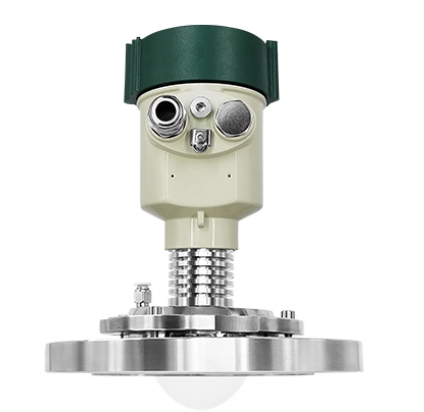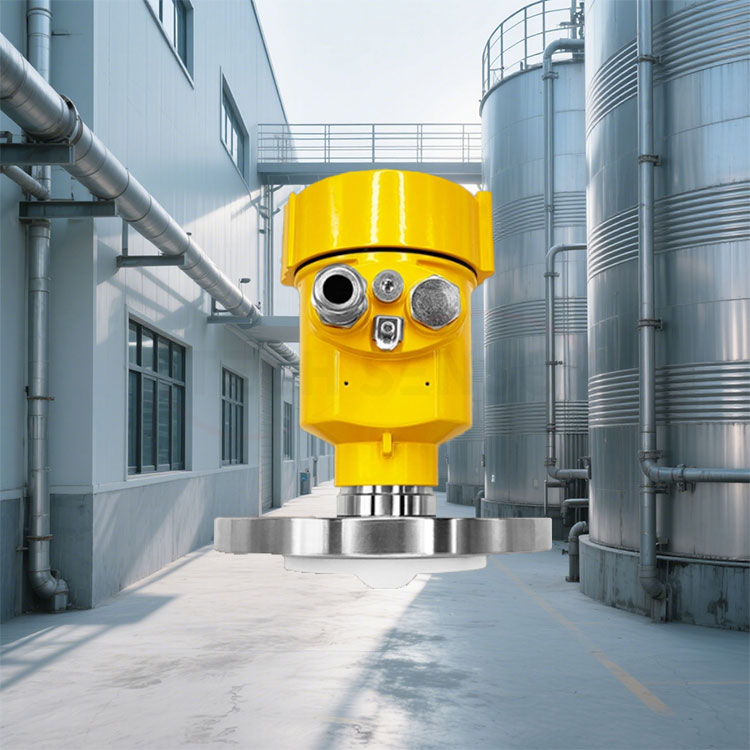In the ever-evolving landscape of industrial measurement, the Radar Level Transmitter has emerged as a game-changer. This advanced technology, known for its precision and reliability, is instrumental in various applications requiring accurate level measurement. By utilizing radar technology, these devices offer a host of benefits, from non-contact measurements to high accuracy. Let’s delve into how the Radar Level Sensor works, its applications, and why it’s becoming an indispensable tool in modern industries.
What is a Radar Level Transmitter?
A Radar Level Transmitter is a sophisticated instrument designed to measure the level of materials within a container or a vessel. Unlike traditional methods that may involve physical contact with the material, radar-based systems utilize electromagnetic waves to determine the level of the substance. This non-contact approach is particularly valuable in environments where the material may be corrosive, hot, or otherwise challenging for traditional sensors.

How Does the Radar Level Sensor Work?
The Radar Level Sensor operates by emitting high-frequency radar waves toward the surface of the material. These waves travel through the air and are reflected back by the material’s surface. The sensor then calculates the distance between itself and the material by measuring the time it takes for the radar waves to return. This measurement is then converted into a level reading.
The Radar Level Measurement process is highly accurate and reliable, making it suitable for various industries, including oil and gas, chemical processing, and mining. The technology can handle a wide range of materials, from liquids to solids, and is less affected by factors such as temperature fluctuations or pressure changes.
Key Features of Radar Level Detectors
One of the standout features of the Radar Level Detector is its ability to provide measurements without making physical contact with the material. This is particularly advantageous in harsh environments where direct contact could lead to sensor degradation or inaccurate readings.
Moreover, the High-Accuracy Radar Level Transmitter is designed to deliver precise measurements, even in challenging conditions. Its ability to operate effectively in high-temperature, high-pressure, and corrosive environments makes it a preferred choice for many industrial applications.
Benefits of Non-Contact Level Transmitters
The Non-Contact Level Transmitter offers several significant advantages over traditional contact-based measurement systems. These include:
• Reduced Maintenance: Since the radar sensor does not come into direct contact with the material, there is less wear and tear, leading to lower maintenance requirements.
• Enhanced Durability: The radar technology can withstand harsh environmental conditions, including extreme temperatures and corrosive substances.
• Versatility: It can accurately measure a variety of materials, including liquids, powders, and granules.
Industrial Applications of Radar Level Measurement
The Industrial Radar Level Transmitter is used across various sectors to improve operational efficiency and safety. Common applications include:
• Oil and Gas: Monitoring the level of crude oil, refined products, and other substances in tanks and pipelines.
• Chemical Processing: Measuring the level of corrosive or hazardous chemicals in reactors and storage vessels.
• Mining and Aggregates: Tracking the level of minerals, ores, and other bulk materials in silos and hoppers.

Conclusion
In conclusion, the Radar Level Transmitter represents a significant advancement in level measurement technology. By leveraging radar waves for non-contact measurement, it provides high accuracy and reliability in challenging environments. Whether used as a Radar Level Sensor, Radar Level Detector, or Industrial Radar Level Transmitter, this technology continues to enhance industrial processes and safety, proving itself to be an invaluable tool in modern industrial settings.

